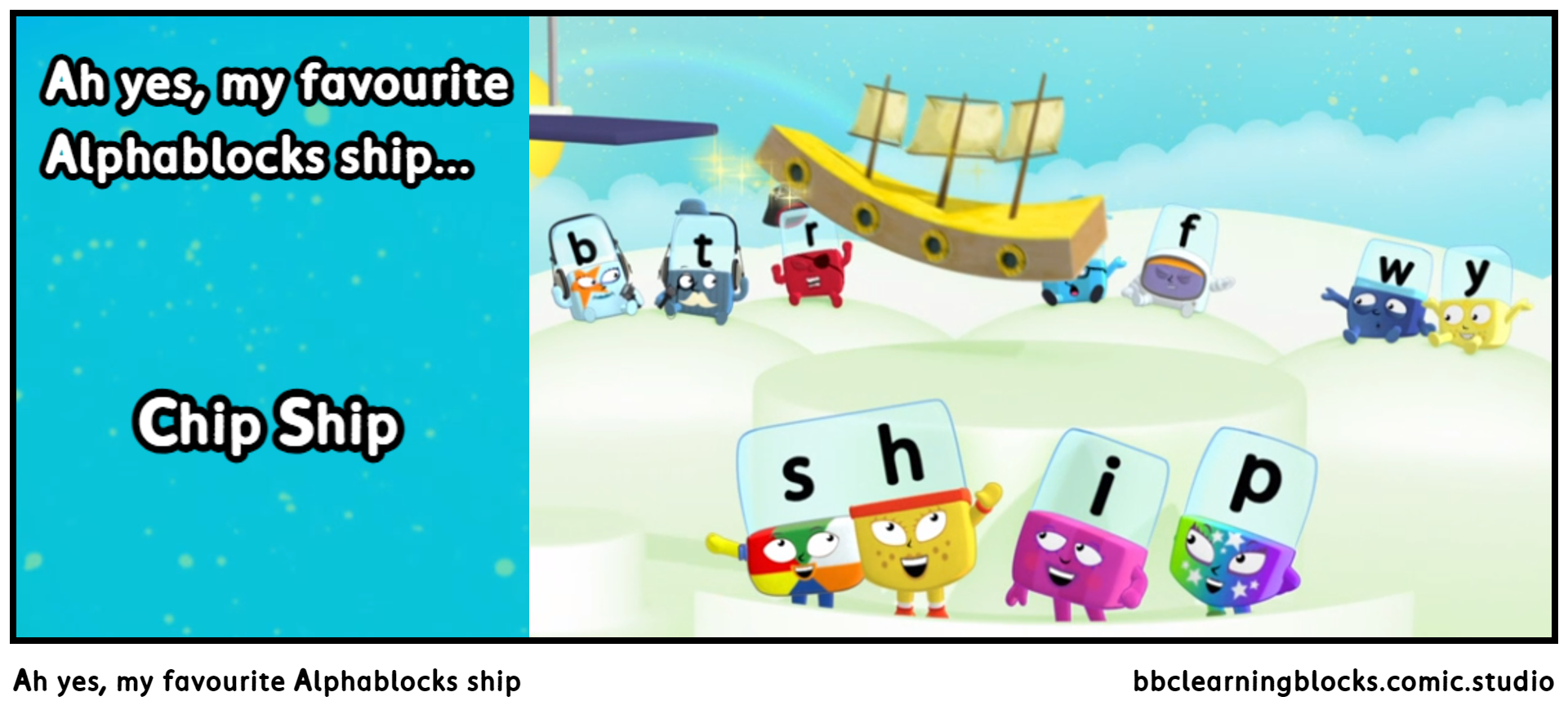
Of course, here is a 1200-word journalistic article in English connecting the Voyager missions with the concept of whales, as an emblem of Earth’s profound and mysterious life.
Ah, Voyager, And the Whispers of Whales: Humanity’s Dual Quest for the Infinite
Forty-six years ago, humanity launched two audacious emissaries into the cosmic void: Voyager 1 and Voyager 2. These twin probes, now the farthest human-made objects from Earth, embarked on a journey that would redefine our understanding of the solar system and, ultimately, carry a message of our existence into the vast, indifferent expanse of interstellar space. Their mission, a testament to human ingenuity and insatiable curiosity, sought to explore the unknown, to gaze upon distant worlds, and to listen for echoes in the silence between stars.

Yet, embedded within their very fabric, etched onto the iconic Golden Records they carry, is another, equally profound, narrative of exploration and mystery – one that speaks not of rocket science and distant planets, but of the deep, blue heart of our own world: the haunting, ethereal songs of whales. This juxtaposition – the metallic, ultra-modern marvel of Voyager and the ancient, organic leviathan of the deep – forms a compelling allegory for humanity’s dual quest for the infinite, both outward into the cosmos and inward into the enigmatic depths of our home planet.
Voyager: A Cosmic Ballet of Discovery
Launched in the summer of 1977, the Voyager probes were designed for a "Grand Tour" of the outer planets, a rare planetary alignment allowing a gravitational slingshot from one giant to the next. Voyager 1 swiftly bypassed Jupiter and Saturn, revealing the tumultuous weather of Jupiter’s Great Red Spot and the intricate, braided rings of Saturn, along with the tantalizing, hydrocarbon-rich atmosphere of its moon Titan. Voyager 2, following a slightly different trajectory, continued its cosmic ballet, providing humanity’s first and only close-up views of Uranus and Neptune, unveiling their bizarre, tilted magnetic fields, icy moons, and violent atmospheric storms.
These initial encounters were a triumph of engineering and scientific vision. They transformed fuzzy telescopic images into breathtaking, high-resolution portraits, rewriting textbooks and sparking the imaginations of generations. But the mission’s true legacy transcends planetary flybys. After completing their primary objectives, both Voyagers continued their relentless march outward, passing through the heliosphere – the protective bubble of solar wind – and into the true interstellar medium.
Today, more than four decades later, they are still operating, albeit with dwindling power and instruments, sending back faint whispers of data from distances measured in billions of miles. They are, quite literally, sailing in uncharted cosmic waters, an enduring testament to the resilience of human ambition. They represent our enduring desire to know what lies beyond the horizon, to understand our place in a universe far larger and more complex than we can fully grasp.
The Golden Record: Earth’s Voice in the Void
Central to the Voyager narrative is the Golden Record, a 12-inch gold-plated copper phonograph record containing sounds and images selected to portray the diversity of life and culture on Earth. Conceived by a committee chaired by the legendary Carl Sagan, this cosmic time capsule was designed to be intercepted, deciphered, and understood by any intelligent extraterrestrial life form that might one day encounter it.
The record includes greetings in 55 ancient and modern languages, a diverse selection of music from across cultures and eras, the sounds of Earth (like thunder, wind, and human laughter), and 115 images depicting everything from human anatomy to scientific diagrams and landscapes. It is a profound act of cosmic outreach, a message in a bottle cast into the interstellar ocean, hoping for a reply that may never come.

Among the carefully curated sounds, a segment stands out for its raw, organic power and deep resonance: the complex, haunting songs of humpback whales. These vocalizations, capable of traveling thousands of miles through the ocean, were deemed essential to humanity’s cosmic introduction. Why were these colossal marine mammals chosen to represent Earth on such a monumental journey?
Whales: Earth’s Own Deep-Sea Voyagers
Whales, particularly the great baleen whales like humpbacks and blue whales, are in many respects Earth’s own "Voyagers." They navigate vast, often poorly understood, oceanic realms, undertaking epic migrations across entire ocean basins. Their lives unfold in an environment that, to us, is as alien and mysterious as the surface of Europa or the depths of a gas giant’s atmosphere. The crushing pressures, the profound darkness, the unique forms of communication – the ocean depths are our planet’s inner space.
The songs of humpback whales, in particular, are among the most complex and beautiful sounds in the animal kingdom. They are structured, evolving sequences of moans, groans, shrieks, and cries, often lasting for 20 minutes and repeated for hours. Scientists still debate their precise purpose – are they mating calls, territorial claims, or even a form of cultural expression? Whatever their function, they represent a highly sophisticated form of non-human communication, a testament to intelligent life thriving in an environment far removed from our own terrestrial experience.
By including whale songs on the Golden Record, Sagan and his team made a deliberate and powerful statement. They recognized that while humanity’s technological prowess could send a probe beyond our solar system, our planet’s most profound wonders are often found in its ancient, natural systems. The whale, a creature of immense scale and ancient lineage, thriving in the planet’s largest habitat, became a symbol of Earth’s vibrant, non-human intelligence and the sheer diversity of life it harbors. It was a recognition that our message to the cosmos shouldn’t just be about us, but about the incredible planet that birthed us.
Echoes Across the Void: A Shared Sense of Wonder
The connection between the Voyager probes and the whales is more than just an item on a record; it’s a profound metaphorical intersection. Both represent journeys into the unknown, pushing the boundaries of what is conceivable. Voyager explores the macrocosm of the universe; whales explore the microcosm of Earth’s vast oceans. Both communicate across immense barriers: Voyager sends radio signals across billions of miles; whales send sonic messages across thousands of miles of water.
There is a shared sense of wonder and humility in both narratives. The thought of Voyager, a tiny metallic speck, sailing endlessly through the cosmos, carrying the dreams and aural tapestry of humanity, is deeply moving. Equally so is the image of a humpback whale, a creature of immense grace and power, singing its intricate song into the deep, its voice traveling silently through the ocean’s dark expanse. Both evoke the profound mystery of existence and the incredible resilience of life and endeavor.
The Voyager mission, with its Golden Record, challenges us to consider our identity not just as humans, but as inhabitants of planet Earth. It asks us to contemplate what aspects of our world we would choose to share with an alien civilization, and in doing so, it forces us to value the unique, often fragile, beauty of our home. The inclusion of whale songs serves as a poignant reminder that while our gaze is often directed skyward, some of the most extraordinary "alien" life forms, with their own complex societies and communication, reside right here, beneath the waves.
The Enduring Legacy
As Voyager 1 and 2 continue their silent, solitary journeys through the interstellar medium, their power sources fading, their instruments slowly falling silent, they will carry the whale songs for eons. Long after humanity has changed, long after our languages have evolved, long after our planet may have been irrevocably altered, that faint, metallic hum of the Golden Record will continue its lonely pilgrimage.
It is a profound act of hope and vulnerability, a testament to our inherent drive to connect, to understand, and to share. In the grand tapestry of cosmic exploration, the Voyager missions and the whispers of whales woven into their legacy stand as twin pillars: one representing our outward reach for the stars, the other a profound appreciation for the magnificent, often hidden, wonders of our own blue marble. Together, they remind us that the greatest adventures lie not only in the distant reaches of space but also in the unexplored depths of our very own world.


